|
The presence of nanoparticles on the body of the honeybee Apis dorsata Fabricius, was |
|
Atanu Bhattacharyya, Sashidhar Viraktamath, Fani Hatjina, Santanu Bhattacharyya, Bhaktibhavana Rajankar, Amitava Patra (2016) A positive identification of nanoparticles on the surface of thorax, abdomen and wings of the worker honey bee Apis dorsata Fabricius. J. of Apicultural Science, 60(1): 73-82 |
| Nanoparticles_Bhattacharyya et al 2016.pdf | |
| https://www.degruyter.com/downloadpdf/j/jas.2016.60.issue-1/jas-2016-0010/jas-2016-0010.pdf |









